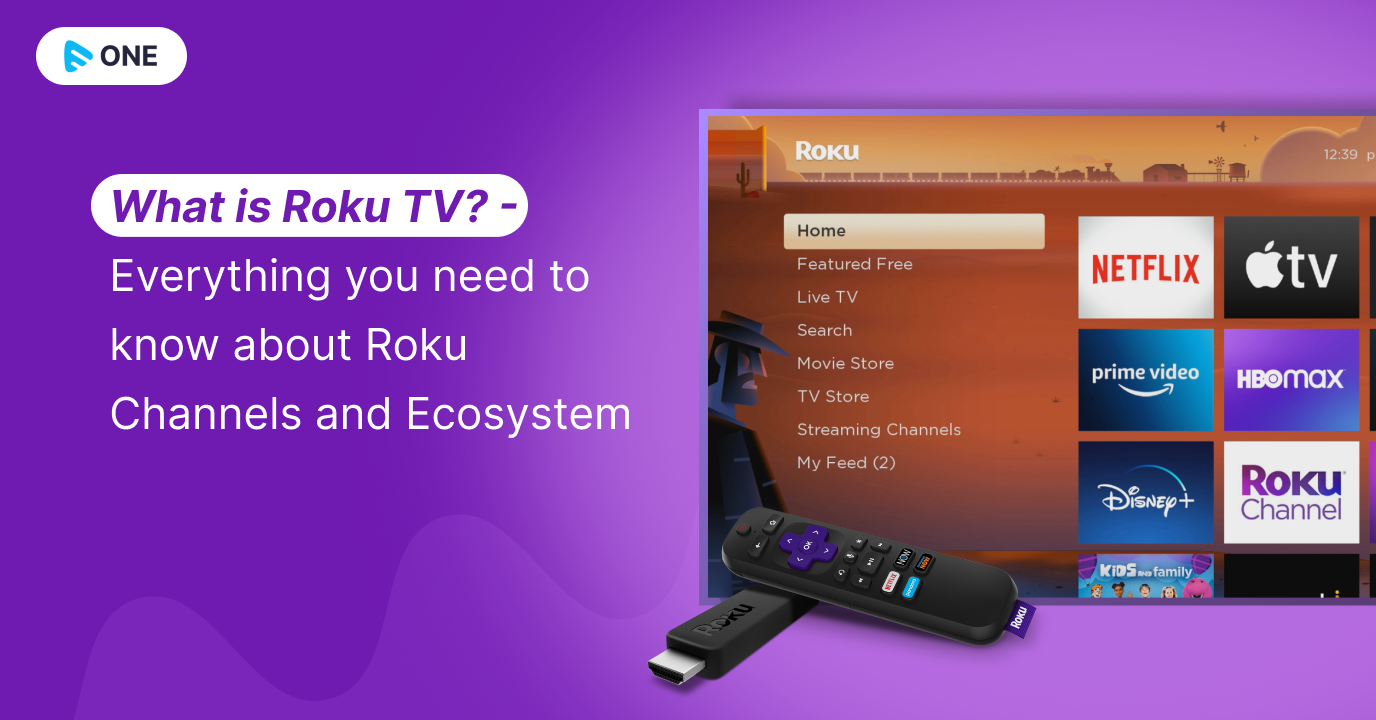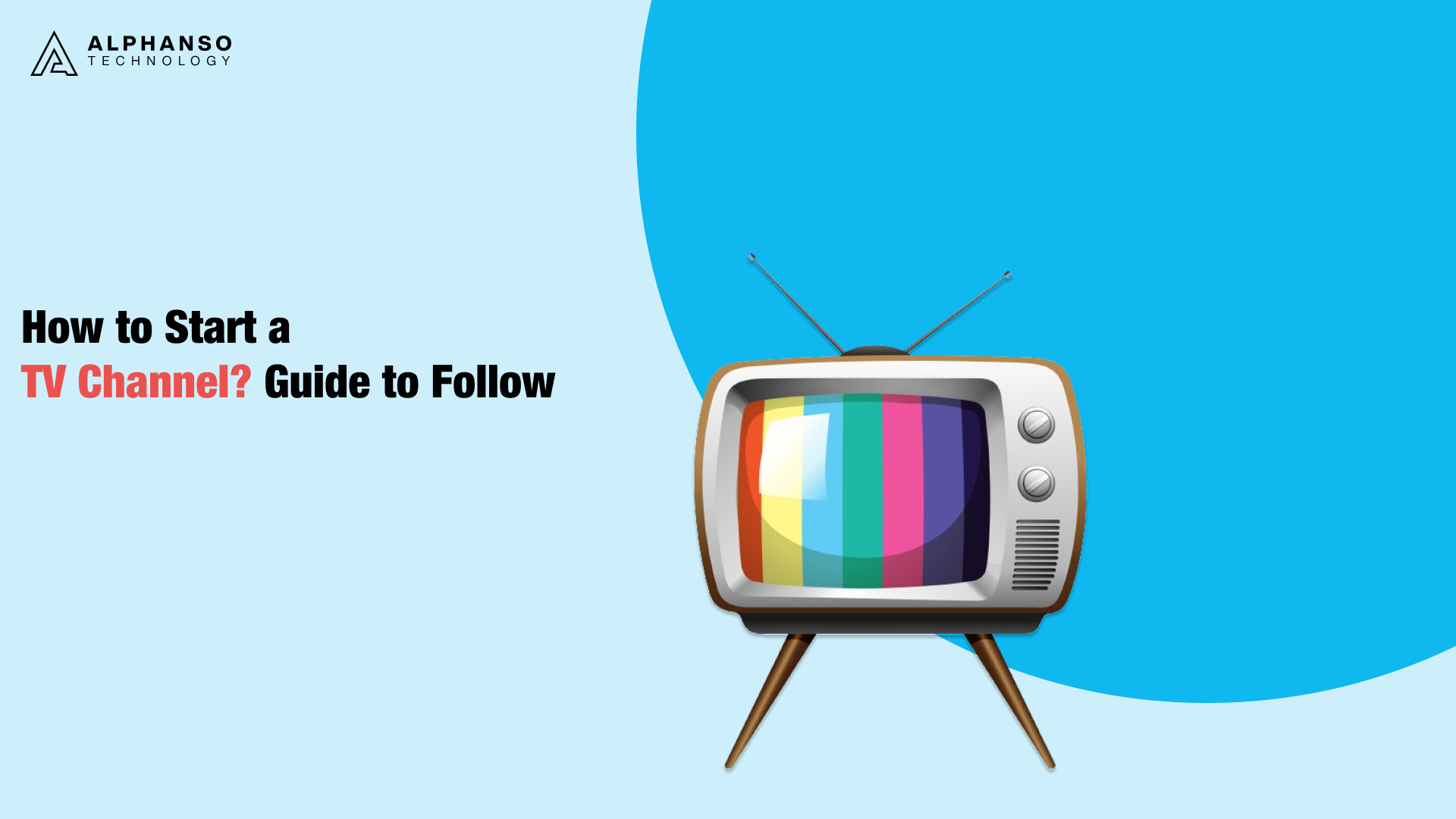All about Apollo Group Tv
All about Apollo Group Tv
Blog Article
The smart Trick of Apollo Group Tv That Nobody is Talking About
Table of ContentsAll about Apollo Group TvApollo Group Tv - QuestionsNot known Details About Apollo Group Tv Not known Incorrect Statements About Apollo Group Tv
In this situation, instead than having three-minute commercial areas throughout a 30-minute television program, TV programs may change to one where a consumer will be called for to have a monthly registration, so that they cen sight targeted banner ads. This sort of advertising and marketing already happens online, and the amount of data television business accumulate permits them to do similar.Describe the significant trends amongst the broadcasting and wire networks. Popular radio reveals such as authorities dramatization Dragnet and western cowboy collection Gunsmoke were adjusted for tv, and new Television programs were sponsored by solitary marketers, simply as radio shows had been.
Today, the tv market is even more intricate. Programs are funded by multiple marketers; programs is controlled by significant media corporations; and the three significant networks no more control the airwaves however rather share their visitors with many cable television networks. Several factors make up these trends within the sector, including technical developments, federal government guidelines, and the creation of new networks.

The Best Guide To Apollo Group Tv
Established in 1969, (PBS) established out of a report by the Carnegie Payment on Educational Tv, which analyzed the duty of educational, noncommercial tv on culture. Public tv was also meant to give global access to television for visitors in rural areas or audiences who might not pay for to pay for exclusive television services.
The period between 1950 and 1970 is traditionally identified as the. Apart from a little part of airtime regulated by public television, the 3 significant networks (called the Big 3) controlled the tv industry, collectively representing even more than 95 percent of prime-time viewing. In 1986, Rupert Murdoch, the head of multinational business Information Corp, introduced the Fox network, testing the prominence of the Big 3.
Targeting young and minority target markets with programs such as Buffy the Vampire Killer, Moesha, Dawson's Creek, and The Wayans Bros., the new networks wished to draw stations far from their old network affiliations. Instead than duplicating the success of Fox, UPN and WB battled to make an impact. Not able to draw in lots of associate terminals, both recently established networks reached less houses than their larger opponents due to the fact that they were unobtainable in some smaller sized cities.
This decision led the way for the advancement of cord flick networks, contributing to the rapid growth of cable in the 1980s and 1990s. apollo tv group. Further deregulation of cable television in the 1984 Cable Communications Policy Act removed limitations on cable rates, enabling operators to charge what they desired for wire solutions as long as there worked competition to the service (a criterion that over 90 percent of all cable markets can meet)
Fascination About Apollo Group Tv

Having actually created the initial "superstation," Turner increased his world by starting 24-hour information network CNN in 1980. At the end of the year, 28 nationwide programming services were offered, and the wire transformation had started. Over the following years, the market underwent a duration of quick growth and appeal, and by 1994 audiences could pick from 94 basic and 20 costs wire solutions.
Figure 9 - https://forums.hostsearch.com/member.php?269806-apollogtv01.16 Enhanced competitors from cable television networks has actually caused a constant decline in the networks' target market rankings. During the 1950s, the expense of generating a single television program raised as programs came to be longer and production expenses rose. Sponsorship on network television moved from solitary sponsorship, in which a program was totally supported and generated by one advertiser, to multiple sponsorship, in which advertisers acquired 1- or 2-minute areas on the show
Each response should be a minimum of one paragraph. Select among the Big 4 networks and print out its weekly shows schedule. Watch the network's prime-time programs throughout a week, keeping Discover More in mind the target group for each and every show. Observe the marketing enrollers that sustain each program and compare just how the services and products fit with the desired target market.
Not known Facts About Apollo Group Tv

Linear television, usually referred to as conventional program television, incorporates cable television and satellite television. It's called "straight" because content complies with an established shows timetable, unlike on-demand material which the individual customer determines to watch based upon their own preferences and schedule. When you ask, "What is direct Television?", consider it as the timeless means of watching television that has actually been around for years.
Report this page